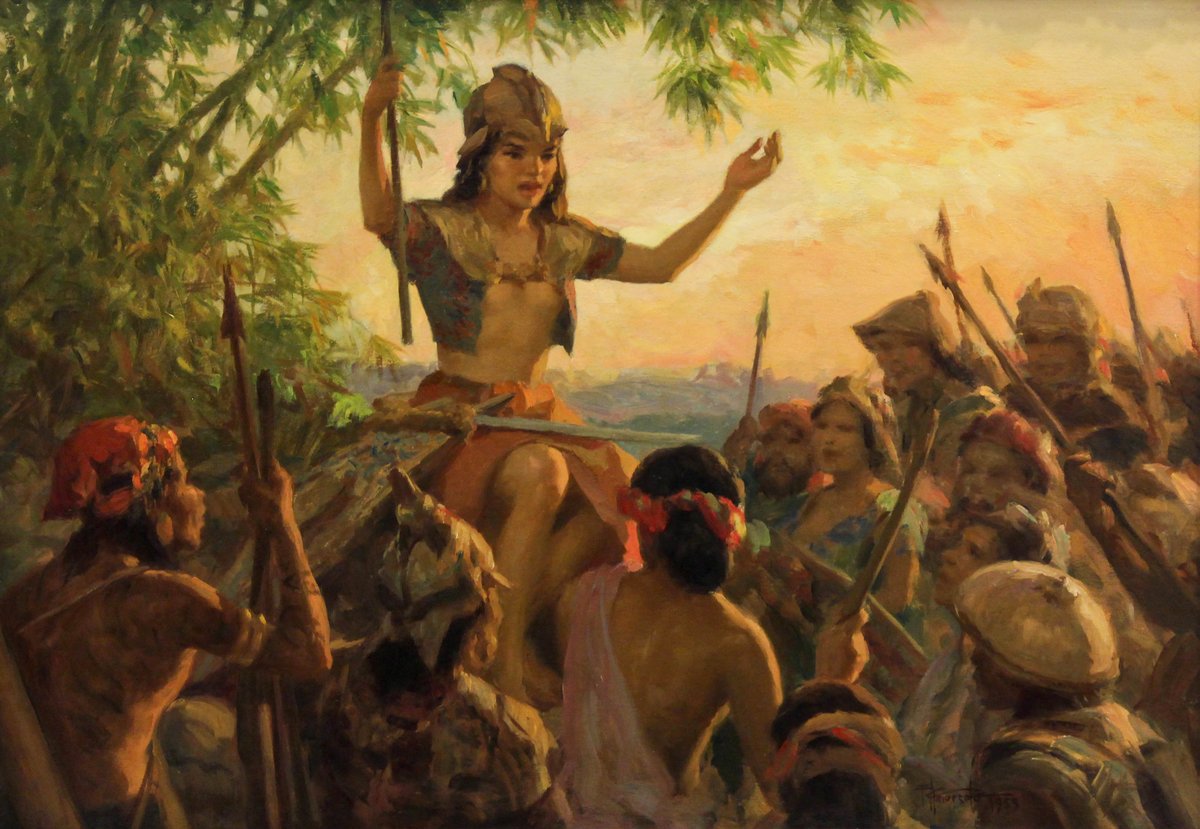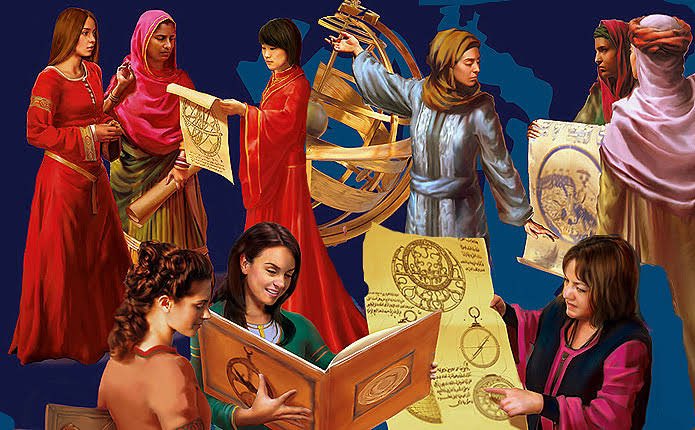Encounter of Legends: Urduja, the Warrior Queen of Tawaisi, and Ibn Battuta, the Traveller - a thread:




Queen Urduja, a warrior queen from the 14th century, ruled over Tawalisi, a region now known as Pangasinan. Born into a matriarchal dynasty, she was trained in the art of war from a young age and became a skilled in using the kampilan, a traditional Filipino sword. 

Renowned far and wide, Queen Urduja led a retinue of women warriors known as Kinalakian or Amazons. These fierce fighters possessed great strength, muscular physiques, and impressive skills in combat, horsemanship, and weaponry.




Ibn Battuta, the famous traveller and explorer, encountered Queen Urduja during his journey. In 1347, while aboard a Chinese junk travelling from Kakula to Canton, the ship passed by Pangasinan, and the queen, following her custom, invited the crew to a banquet. 

He refused to attend, citing the crew's status as "infidels." Offended, Queen Urduja summoned him to her presence. Queen Urduja, fluent in Arabic, conversed with Ibn Battuta, & displayed tokens of culture. and even wrote "Bismillah ar-Rahman ar-Raheem" for him.
PC: Sangpemimpi
PC: Sangpemimpi

The queen shared stories of her expeditions and expressed her fascination with the wealth and forces of India, which she referred to as the Pepper Country. Impressed by her strength and character, he departed, bearing lots of gifts from her. 

Queen Urduja's legacy resonates among the Ibaloi people, an ethnolinguistic tribe in the Cordillera region. In their language, Urduja is known as Deboxah, a name associated with noble descent and strong qualities. The Ibaloi trace their ancestry to her, honouring her memory.




The Cordillera tribes, including the Ibaloi, pass down their history through oral tradition and naming customs. Ancestors' names are bestowed upon newborns to keep their memory alive and foster affection and protection within the community.




Urduja's memory extends to the Darew mountain range, the earliest settlement in Tublay. The Cordilleras and Lingayen have close historical ties, and Battuta's chronicles mention the extensive Kingdom of Tawalisi, encompassing the Benguet mountains and Cordillera ranges. 

• • •
Missing some Tweet in this thread? You can try to
force a refresh

 Read on Twitter
Read on Twitter























